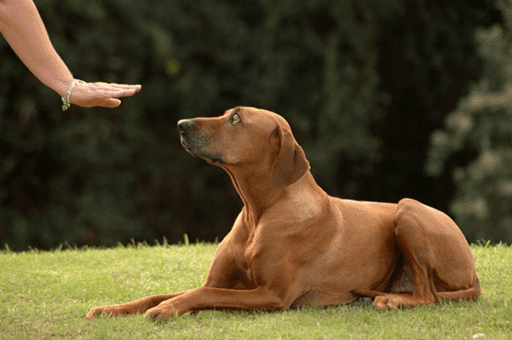Basic command for the dog: the key to obedience and harmonious coexistence
Getting a new dog into the family is an exciting event, but it also comes with certain responsibilities. One of the most important areas to train with a new dog is basic commands. Proper and consistent training methods ensure that the dog will be obedient and safe and that you will be able to live together in harmony. Here are a few basic commands that are important for you to learn and know:
Sit
This basic command is one of the first commands your dog should master. When your dog sits, he controls his impulses and shows respect. This command is useful in many situations, such as when putting on a leash or before feeding. When teaching the "sit" command, a treat usually plays a vital role. Bring the dog to you, give the command, and press your fingers on his bottom. Show him what you want him to do. Then, of course, give him the treat and praise him. Later, stop guiding him with your hand and just say "sit". Always praise and reward the dog with a treat at this stage.
Lay down
The command " lay down" is useful for calming your dog, for example when visiting the vet. Practice this basic command after your dog has learned the "sit" command. Tell your dog to sit down first, say the command " lay down" and then put a treat to his muzzle. Move the hand with the treat downwards to get the dog to lie down. If the dog remains lying down without your help, praise follows.

Come
Calling is one of the most important commands your dog must master. Safe calling can prevent your dog from escaping and protect him from danger. Practice it in a quiet environment where nothing will disturb you. Call him by name and add the command. A treat hidden in the palm of your hand, which your dog then gets as a reward, or his favorite toy can help you train this command.
Stay
The "stay" command teaches the dog to stay in place until you tell him he can leave. This command is useful when you need your dog to stay put, for example when you open the door. First, settle the dog with the command "sit" and add the command "stay". Walk away a few steps. If the dog is waiting, call him to you and give him good praise and reward. Gradually increase the distance and time of the call. At a more advanced stage of training, go around a corner, for example, and then return.
Leave it or No
Sometimes it happens that the furry one starts some activity that we don't like. In this case, you can use the "no" command, where you want him to stop an activity immediately. Sometimes it is useful to supplement the command with the instruction "leave it".
On your bed / go settle
You will also find the command "on your bed" useful. You can teach this command by sending the dog to a predetermined place with the help of a treat. As soon as the dog enters the spot, reward it. When teaching this command, you will also use a gesture where you hold up your finger and point to the place where the dog should go.

It is important to remember that training a dog requires patience, consistency, and positive reinforcement. If your dog fails to understand or perform a command, be patient and try again. Never use physical punishment or rudeness when training, as this can lead to undesirable behavior and damage the trust between you and your dog.
A properly learned and mastered basic command will strengthen the relationship between you and your dog and allow you to create a harmonious and joyful coexistence together.

